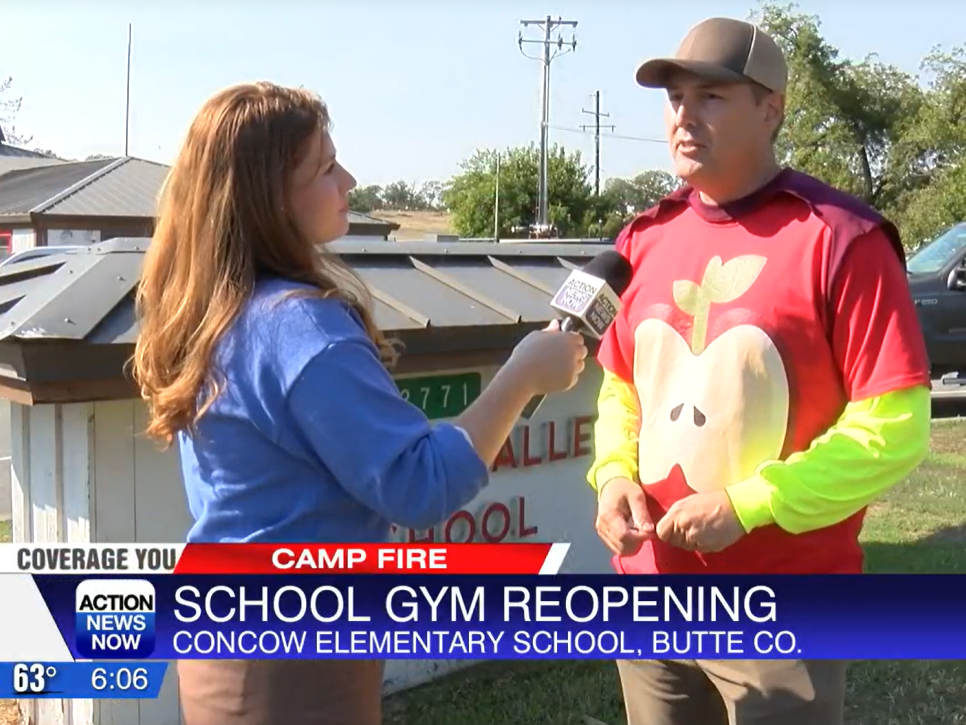As summer draws to a close and a new academic year begins, schools across the nation prepare to celebrate the significance of art in education. National Arts in Education Week, observed annually starting on the second Sunday in September, and National Arts & Humanities Month, celebrated throughout October, offer educators, students, and communities a chance to highlight the transformative power of the arts in fostering creativity, critical thinking, and personal growth.

National Arts in Education Week: Cultivating Creativity and Expression
National Arts in Education Week, observed annually starting on the second Sunday in September, is a time to recognize the transformative power of the arts in education. It’s a week dedicated to raising awareness about the essential role that the arts play in fostering creativity, promoting critical thinking, and enhancing students’ overall learning experiences. This initiative encourages schools, parents, and communities to come together to celebrate and advocate for arts education.

National Arts & Humanities Month: A Celebration of Culture and Creativity
October, known as National Arts & Humanities Month, serves as a month-long celebration of the arts and humanities. This is a time when schools, cultural institutions, and communities showcase and honor the contributions of arts and humanities to society. It’s an opportunity to engage in a wide range of artistic activities, from visual arts and music to literature and dance, fostering an appreciation for culture and creativity.
20 Examples of Art in Education
|
|
Celebrating these Days: How Schools Get Involved
During National Arts in Education Week and National Arts & Humanities Month, schools get creative in celebrating the arts. They might organize art exhibitions, performances, workshops, and lectures by local artists or experts. Students and educators collaborate on projects that highlight the integration of arts into various subjects, demonstrating its interdisciplinary nature.
Benefits of Art in Schools
Art education offers a plethora of benefits that extend beyond the canvas. It enhances cognitive skills such as problem-solving and critical thinking. By encouraging self-expression, it boosts confidence and self-esteem among students. Moreover, exposure to art cultivates empathy, cultural awareness, and an appreciation for diversity. Art has the power to engage students in a holistic manner, addressing their emotional, intellectual, and social needs.
Art for Health and Mental Well-being
Engaging in artistic activities has been linked to numerous health and mental well-being benefits. Creating art releases endorphins, often referred to as “feel-good” hormones, which can alleviate stress and anxiety. The meditative nature of art-making promotes mindfulness, allowing students to be present in the moment and reduce the clutter of their minds. Art also serves as a non-verbal outlet for emotions, enabling students to process and express feelings that might be difficult to articulate otherwise.
The Flow State: Where Creativity and Focus Converge


Key Aspects of the Flow State:
- Clear Goals: Students have a clear understanding of their objectives and what they aim to achieve through their artistic endeavors.
- Immediate Feedback: The creative process provides instant feedback, allowing students to adjust and refine their work in real-time.
- Balanced Skill and Challenge: Flow occurs when the difficulty of the task matches the student’s skill level, creating an optimal level of challenge.
- Intense Concentration: Students are fully immersed and deeply focused on the activity, resulting in heightened concentration.
- Loss of Self-Consciousness: In the flow state, self-consciousness fades away as students are absorbed in the task at hand.
Promoting Growth Mindset through the Arts: Breaking Boundaries


Renowned psychologist Carol Dweck’s theory of a “growth mindset” emphasizes the belief that abilities and intelligence can be developed through dedication and hard work. Art education inherently nurtures a growth mindset by encouraging students to embrace challenges and view setbacks as opportunities for growth. This perspective enables students to break free from a fixed mindset, where they might otherwise feel limited by their perceived abilities.
Key Tenets of the Growth Mindset:
- Embracing Challenges: Students see challenges as avenues for learning and development rather than as obstacles to be avoided.
- Persistence and Effort: A growth mindset promotes the understanding that effort is a crucial factor in achieving success, and setbacks are part of the learning journey.
- Learning from Feedback: Constructive criticism and feedback are valued as tools for improvement rather than as indications of failure.
- Inspiration from Others: Instead of feeling threatened by the success of peers, students with a growth mindset are inspired and motivated by the achievements of others.
- Adapting Strategies: Students are willing to adapt their strategies and approaches based on their experiences and the feedback they receive.
Fixed Mindset: Avoiding Challenges and Limiting Growth
- Avoids Challenges: A student with a fixed mindset tends to avoid challenges or tasks that they believe might reveal their limitations. They may opt for easier assignments to prevent failure.
- Gives Up Easily: When faced with difficulties or setbacks, a student in a fixed mindset is more likely to give up quickly. They perceive challenges as insurmountable and are hesitant to put in additional effort.
- Ignores Feedback: Instead of valuing constructive feedback, a student with a fixed mindset may ignore or reject it. They may feel criticized and believe that feedback reflects negatively on their abilities.
Integrating Art into Different Subjects: Universal Design for Learning (UDL)
The integration of art into various subjects not only enhances creativity but also improves comprehension and retention. Here are three ways teachers can achieve this integration, guided by the principles of Universal Design for Learning (UDL):
- Visual Aids and Representations: Incorporating visual elements such as diagrams, charts, and infographics can aid understanding of complex concepts in subjects like science or history. Visual representations not only cater to diverse learning styles but also make the content more engaging and memorable.
- Storytelling through Art: Language arts and literature can be enriched by inviting students to illustrate scenes from stories they’ve read or create visual narratives of their own. This process encourages deeper analysis of characters and plotlines while allowing students to communicate their interpretations creatively.
- Mathematical Artistry: Mathematics might seem worlds apart from art, but they can intersect beautifully. Geometric shapes, tessellations, and patterns are integral to both disciplines. Encouraging students to explore these concepts through artistic creations bridges the gap between logic and creativity.
Conclusion
National Arts in Education Week and National Arts & Humanities Month serve as reminders of the significance of arts in education. By celebrating creativity, embracing the flow state, and fostering a growth mindset, educators can empower students to become not only skilled artists but also resilient and innovative learners. As we embark on another academic year, let us integrate the arts into our educational journey, cultivating an environment where creativity thrives, challenges are welcomed, and growth knows no bounds.












